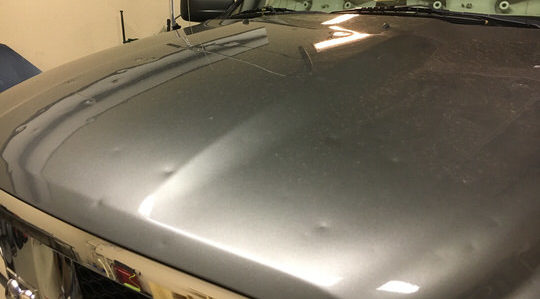
It is important to fully understand the process before purchasing pet insurance. You pay a deductible. These deductibles can be annual or per-condition and must always be met. But, some companies offer a "percondition" deductible. This means that every time your pet develops new conditions, you will need to pay an additional deductible.
Pre-existing conditions aren't covered by pet insurance
Certain medical conditions may not be covered by pet health insurance, including certain types and forms of cancer. These conditions are often incurable. Once a pet is diagnosed with such a condition, it is likely that it will continue to require medical treatment for the rest of its life. Although pet insurance does not cover these illnesses, payment assistance may be available to help pay for treatment.
Some plans provide coverage for pre-existing conditions. They don't cover future conditions. It's important to shop around for the most comprehensive coverage. Additionally, it's a good idea for pets to have pet insurance before they become sick.

Annual deductibles
It is important to fully understand your pet insurance deductibles when searching for pet insurance. These amounts vary from company to company, and you should consider the deductible amount that is right for your particular situation. Annual deductibles can range from $50 to $1,000. Some companies allow you to choose a zero-deductible option, allowing you to pay only the premium each month.
An annual deduction is a fixed amount you must pay each month before your pet receives reimbursement for its medical bills. For example, if you choose to pay a $500 deductible on your pet's insurance policy, you must pay that amount out of pocket each year before your insurance provider will reimburse you. Although this may seem like a large sum, the annual deductible is usually less costly than per-incident deductibles.
Reimbursement rates
Understanding how reimbursement rates work is essential when you buy pet insurance. These rates are determined by the amount of your pet's vet bills that you have covered. There are two main ways to calculate reimbursements. One uses a predeductible method, while the other uses an after-deductible.
Pet insurance policies usually do not cover all costs associated with veterinary care. Your pet's medical costs are your responsibility. You will only be reimbursed for reimbursement rates. You could be responsible for 10% to 30% depending on which plan you have. Without pet insurance, you may be liable for thousands upon thousands of dollars.

Coverage limits
It's important that you understand the limitations and exclusions of certain types coverage when looking for pet insurance. Most policies have an annual maximum payout limit. After that, your pet is no longer covered for additional costs. Some companies offer "unlimited plans," which don't have an annual limit.
Pet's age and personality may also impact the amount of coverage that is required. An older pet, or one that is more active, may be more at risk for accidents than a less active, or more senior pet. Senior pets could also be at higher risk of certain health conditions like cognitive decline or cataracts. Consider your pet's breeding, as certain breeds may be predisposed to certain illnesses.